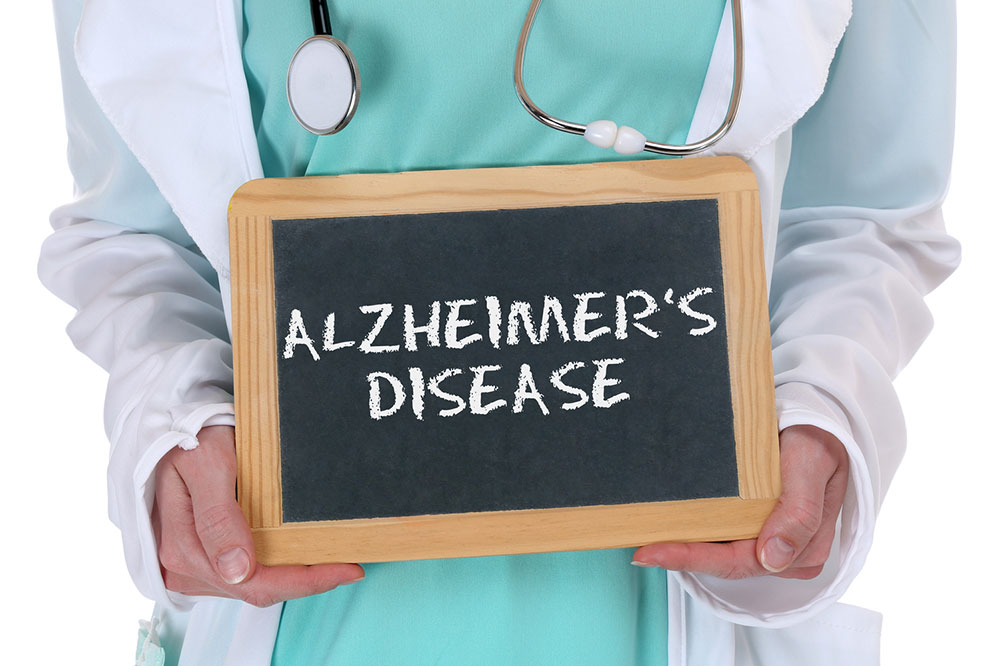Comprehensive Guide to Alzheimer’s Disease: Causes, Symptoms, and Management Strategies
This comprehensive article explores Alzheimer’s disease, detailing its causes, early symptoms, pathological changes, risk factors, and current management approaches. With ongoing research and preventive strategies, understanding Alzheimer’s is crucial for early detection and improving quality of life for patients and caregivers.

An In-Depth Look at Alzheimer’s Disease
Alzheimer’s disease is a complex, progressive neurological disorder that significantly impacts cognitive functions, leading to a gradual decline in mental capabilities. This condition is the most common cause of dementia worldwide, affecting millions of individuals and posing substantial challenges for patients, families, and healthcare systems alike. Understanding Alzheimer’s requires a detailed exploration of its underlying causes, early warning signs, pathological features, risk factors, and current approaches to management and treatment.
Alzheimer’s disease typically develops slowly, often starting with mild forgetfulness and subtle cognitive hiccups. As the disease advances, symptoms become more pronounced, including memory loss, difficulty with language, disorientation, personality changes, and behavioral issues. These symptoms interfere with daily activities, making it increasingly difficult for individuals to live independently. The disease’s progression varies from person to person, but without intervention, it invariably leads to severe cognitive impairment and dependency.
Understanding the Causes of Alzheimer’s Disease
While the exact causes of Alzheimer’s remain elusive, scientists believe a combination of genetic, environmental, and lifestyle factors contribute to its development. Central to the disease’s pathology are abnormal changes in the brain's structure and chemistry. These include the accumulation of beta-amyloid plaques—clumps of protein fragments that form between neurons—and neurofibrillary tangles composed of tau protein inside neurons. These abnormal deposits interfere with neuron-to-neuron communication, ultimately leading to neuron death.
Genetics play a significant role, particularly in early-onset Alzheimer’s, where specific gene mutations (such as APP, PSEN1, and PSEN2) increase risk. For late-onset Alzheimer’s, the presence of the apolipoprotein E (APOE) epsilon4 allele has been associated with a higher likelihood of developing the disease. Beyond genetics, factors such as cardiovascular health, diabetes, smoking, lack of physical activity, poor diet, and head injuries are linked to increased risk. Age remains the most significant non-modifiable risk factor; the likelihood of developing Alzheimer’s doubles every five years after age 65.
Recognizing the Symptoms of Alzheimer’s Disease
Early symptoms of Alzheimer’s disease can be subtle and often mistaken for normal aging. These include forgetfulness, such as losing track of dates, appointments, or recently learned information. As the disease advances, individuals may struggle with familiar tasks like cooking or managing finances, experience confusion about time and place, and develop difficulty understanding visual images and spatial relationships.
Personality and behavioral changes are also characteristic, including increased agitation, anxiety, depression, suspicion, or withdrawal from social activities. Communication difficulties become more evident, with patients forgetting common words, misplacing objects, or struggling to find the right words during conversation. These symptoms tend to worsen over time, severely impairing an individual’s ability to function independently.
The Pathological Changes in Alzheimer’s Disease
The hallmark features of Alzheimer’s disease are the development of beta-amyloid plaques and neurofibrillary tangles. These abnormal protein deposits cause inflammation, oxidative stress, and neuron destruction. Imaging studies, such as PET scans, can visualize these changes, aiding in diagnosis. The progression of neuronal loss correlates with the worsening of cognitive and functional deficits, emphasizing the critical importance of early detection and intervention.
Risk Factors Influencing Alzheimer’s Disease
Multiple factors influence the likelihood of developing Alzheimer’s. Age remains the most significant—risks sharply increase after 65. Genetics, particularly the presence of certain alleles like APOE epsilon4, play a crucial role. Lifestyle factors are equally vital; poor diet, a sedentary lifestyle, smoking, excessive alcohol consumption, and unmanaged cardiovascular conditions elevate risk. Traumatic brain injuries and chronic conditions such as hypertension, obesity, and diabetes are also linked to higher incidence rates. Understanding these factors can help in developing preventive strategies to reduce individual risk.
Current Approaches to Managing Alzheimer’s
Although there is no cure for Alzheimer’s disease yet, various treatments aim to slow progression and improve quality of life. Pharmacological options include cholinesterase inhibitors (donepezil, rivastigmine, galantamine) and NMDA receptor antagonists (memantine), which temporarily boost cognitive function. Non-pharmacological interventions such as cognitive therapy, physical activity, social engagement, and nutritional support are essential components of comprehensive care.
Supportive environments, caregiver education, and early planning for long-term care are vital. In recent years, research into disease-modifying therapies and potential breakthroughs—such as immunotherapy targeting beta-amyloid—continues to advance. Meanwhile, lifestyle modifications focusing on brain health—like regular exercise, a balanced diet, mental stimulation, and controlling cardiovascular risk factors—are practical strategies that may delay onset or progression.
Hope for the Future
While Alzheimer’s disease remains a significant health challenge, ongoing research offers hope for more effective treatments and eventual cures. Advances in understanding the disease's molecular mechanisms are paving the way for innovative therapies. Public health initiatives emphasize the importance of early detection, raising awareness, and promoting healthy aging practices. As science progresses, the goal is to reduce the global burden of Alzheimer’s and improve outcomes for those affected.





